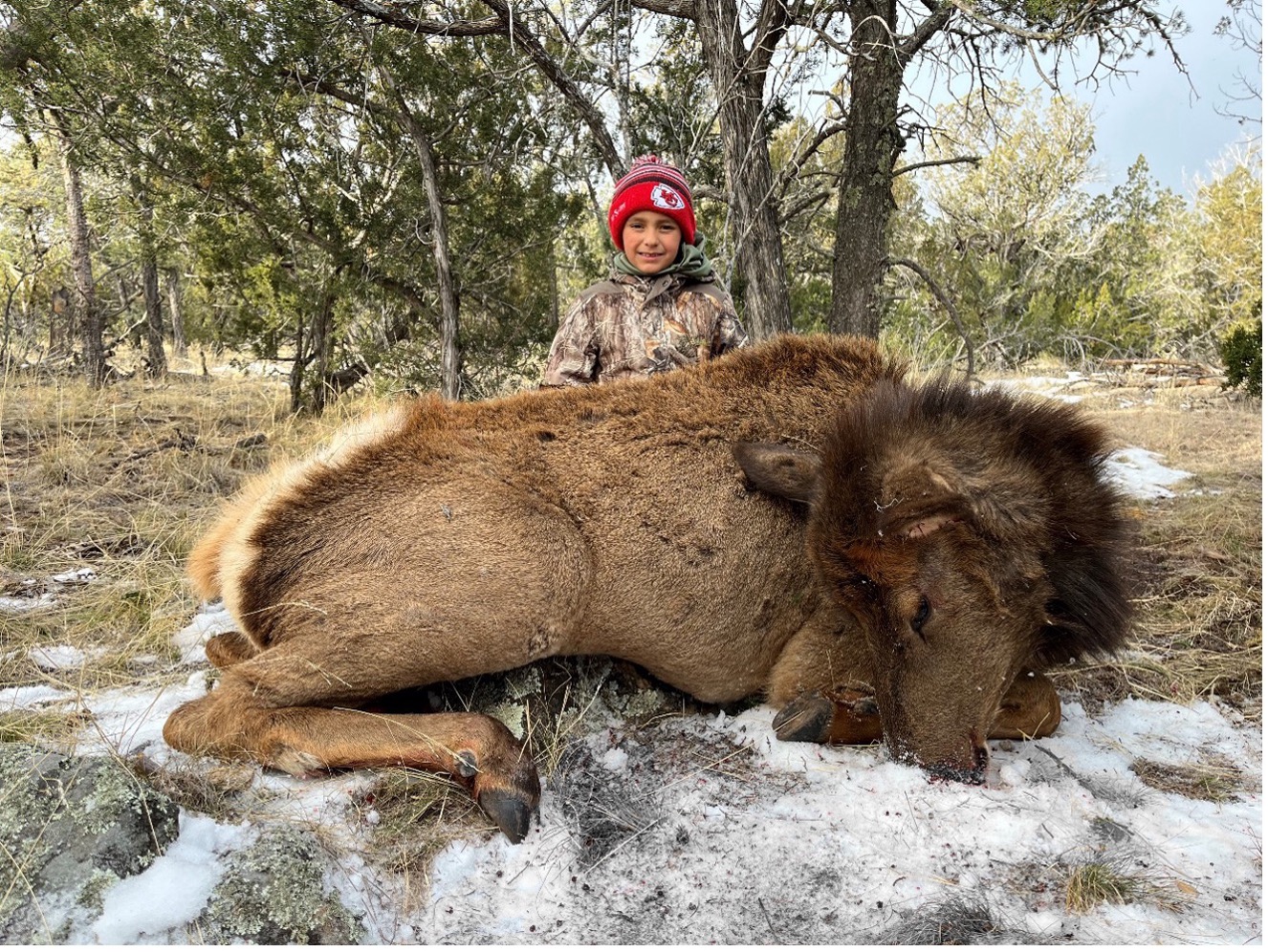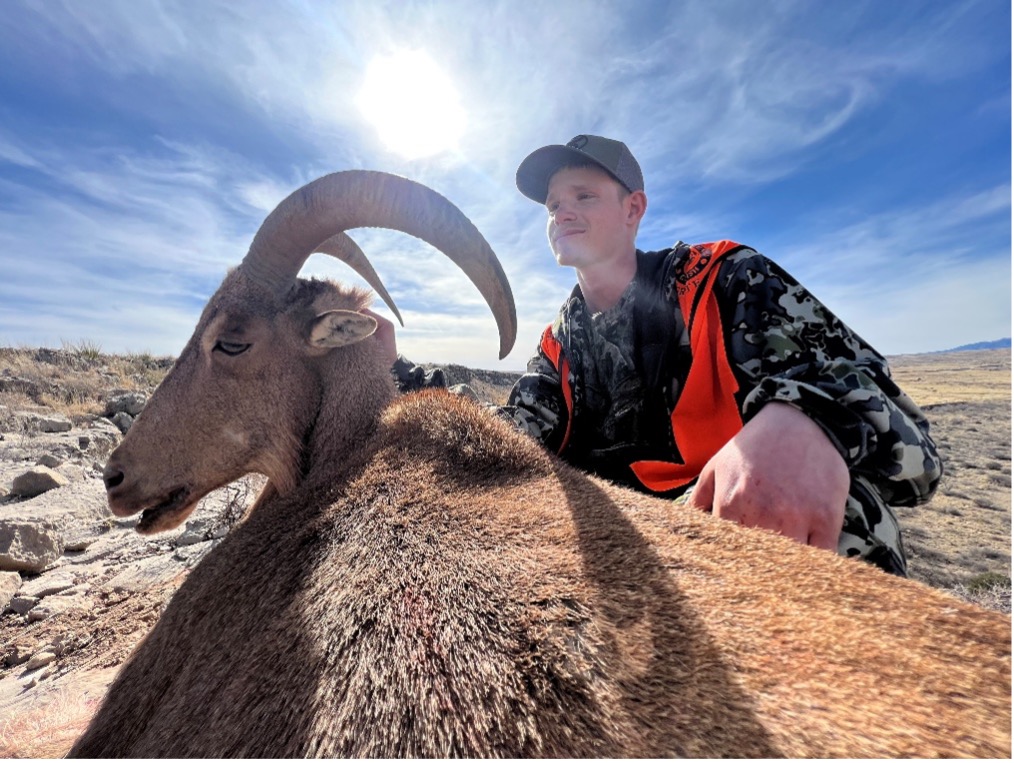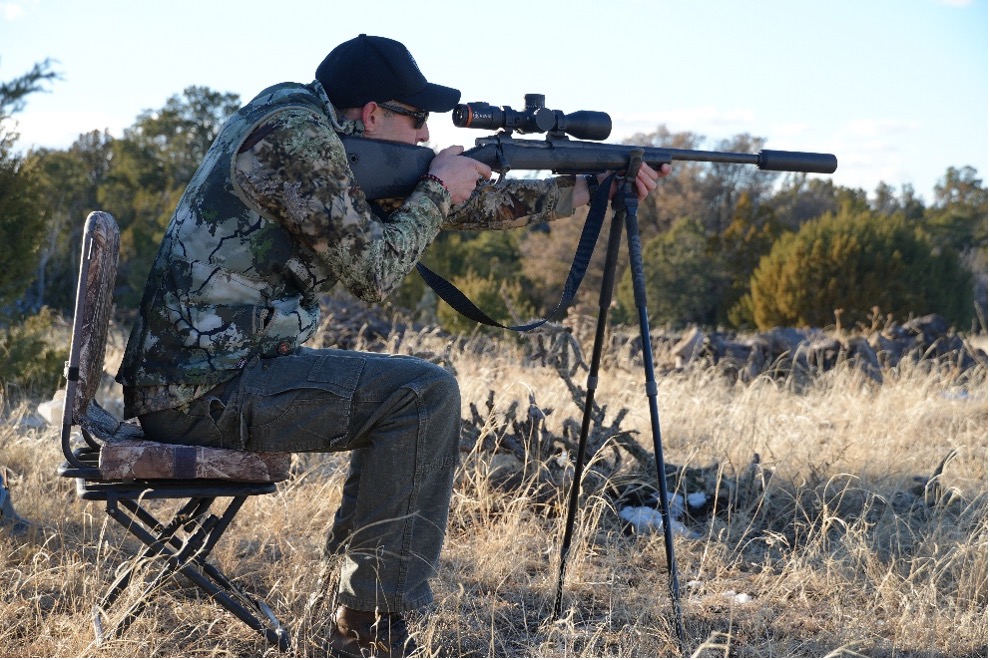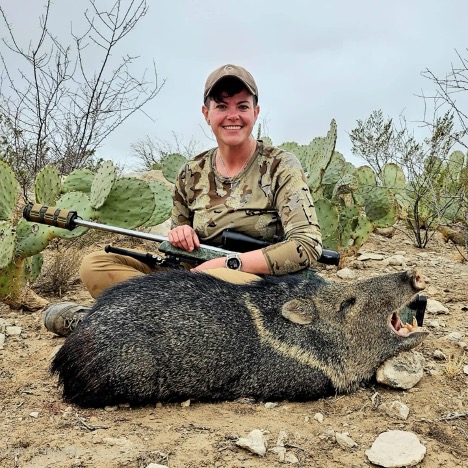By Colleen Payne
Every hunt is a trophy-sized memory, no matter if you notch a tag or not. When you look back on past hunting or fishing trips, a picture can tell a thousand words, no matter how much further that big fish that got away keeps getting. Here are a few tips to document the memories you make in the field for years to come.
1. Take lots of photos: There is no such thing as taking too many photos. With so many digital devices readily available, it’s easy to pull a camera or cell phone out of your pocket for a quick shot or video. You’ll regret not taking enough photos, not too many.
2. Set up the shot: Once you have recovered your animal, notched your tag and unloaded your firearm (safety first), you can pose the animal for photos. Setting the animal in a “bedded” position will help to keep it stable and looks best for photos. Tuck the legs underneath it, and face the cleanest side toward the camera.

3. Clean up the area you are photographing: You want photos of you and your animal, not the tree branch or bush between you, so make sure to remove any debris, grass, or branches that can block the view. If the ground is a bit too bloody, move the animal to a cleaner area or try to cover it up with dirt. The idea here is to make the photos as clean as possible and a positive representation of hunters.
4. Backdrop: We are fortunate to hunt and fish in some of the most scenic places in the world. Don’t be shy to use it in your photos and tell the story of where you spent time and effort. We aren’t saying to share your honey hole, but use the skyline to highlight the antlers or a lighter-colored backdrop behind the dark-colored subject.
5. Use flash: Have you ever noticed those shadows across the face from a hat? Changing the angle of the shot and turning the flash on can help bring those faces out of the shadows and make them more recognizable. This also applies to mid-day photos.

6. Take shots from multiple angles: get eye level (or lower) with the animal and hunter, this allows you to get that backdrop we mentioned above. Turn the head multiple directions to capture all the unique characteristics of your trophy.

7. Put your firearmin a safe position: an often overlooked task, but the position of a firearm can make or break the firearm safety rule of always pointing the muzzle in a safe direction. We often see hunters lay their rifle across the flank of the animal, but when hunters and their family sit behind the animal, the photo angle makes it appear like the muzzle is pointed straight at them. The best position is to lay it in front of the animal, or have the hunter hold it, muzzle pointed up.

8. Get photos with friends, family or guides who were on the trip with you: These moments are great to look back on with the people who helped make the memories possible, and they want to cherish them as well.
9. Don’t forget to charge your camera or carry backup batteries: If using only your cell phone camera, keep your phone on airplane mode, which will help save battery life for photos, video and GPS services.
10. Review your photos before you start field dressing: Make sure you got all the shots you want and they are in good quality before the next task at hand. Even if you missed something in the field, like a bloody spot, branch in the way, or red reflecting eyes, there are some great apps, such as Retouch or Adobe Express, that you can use on your phone or computer to touch them up before sharing with friends or on social media.

Bonus pro tip: if you are solo and don’t have someone to take photos, don’t fret! Most cell phone cameras have a timer setting. Get your shot set up and turn the timer on to 10 secondsYou can reposition yourself with the animal while your phone takes a photo for you. If that doesn’t work, record a video of yourself posing with your animal or scenery and hold each pose for a few seconds. When you watch it back, you can take screen shots of the video and have instant photos and video of the moment you want to capture!
We hope these tips help you document your time in the field and preserve your memories for years to come. Don’t forget to smile!
Colleen Payne is the Public Information Specialist in the Southwest Area for the New Mexico Department of Game and Fish.

